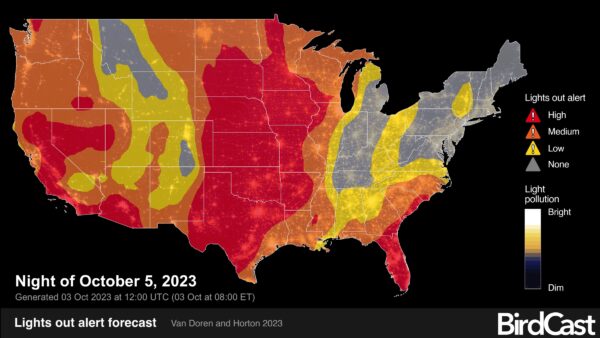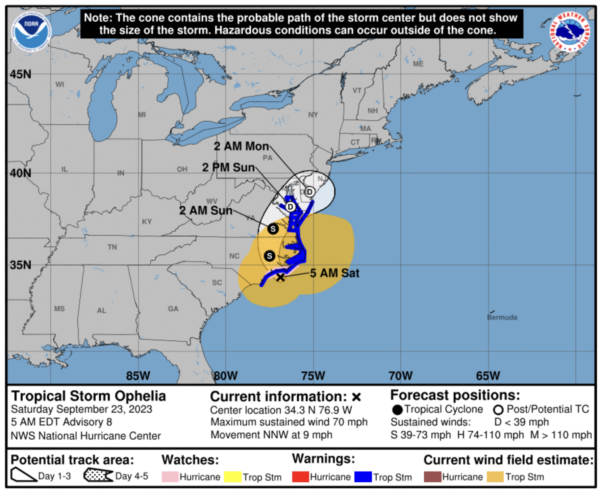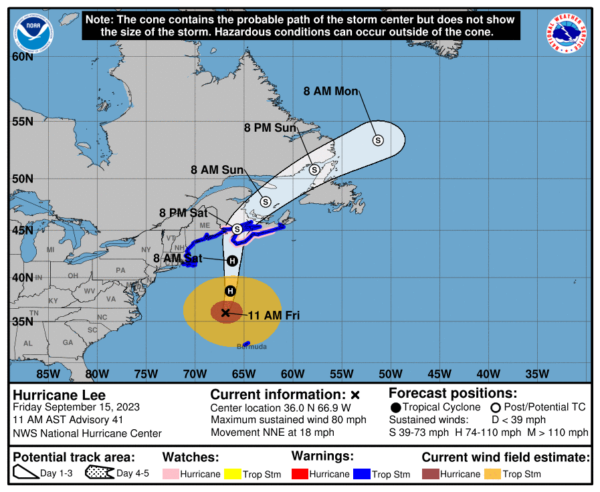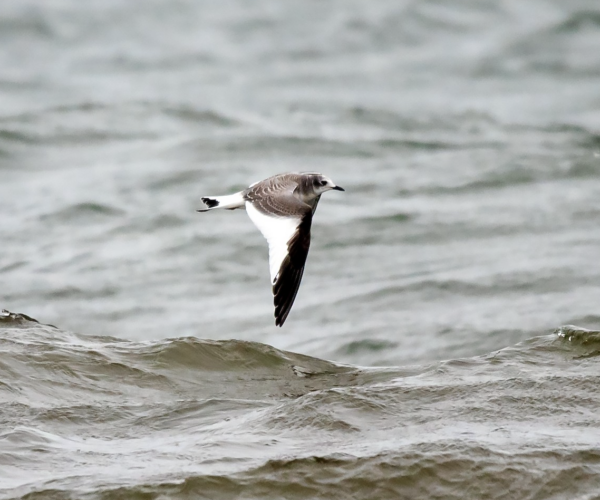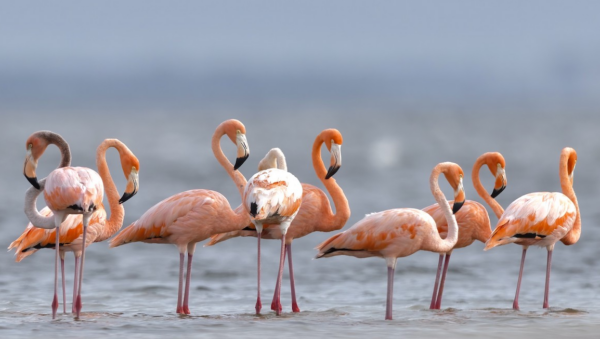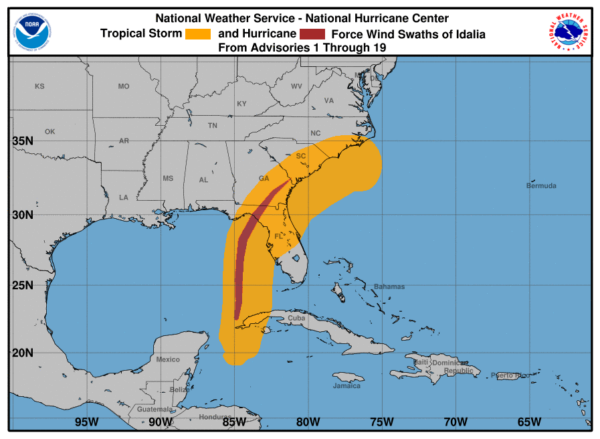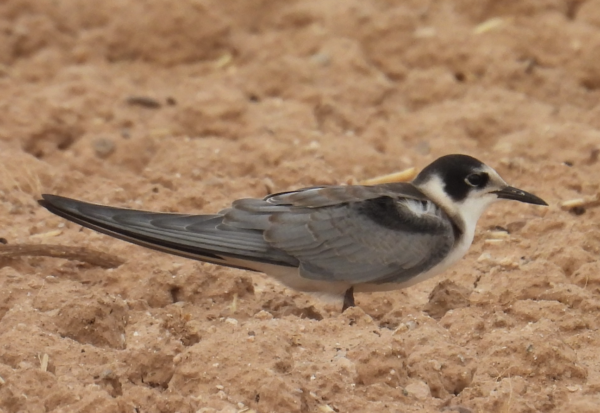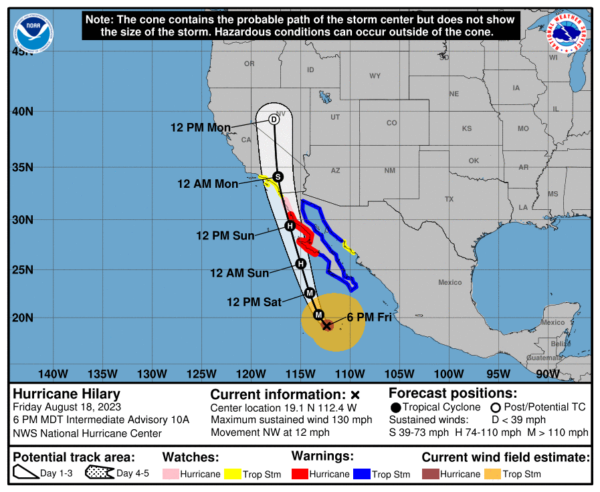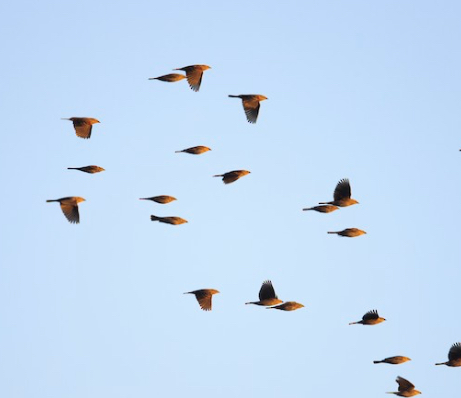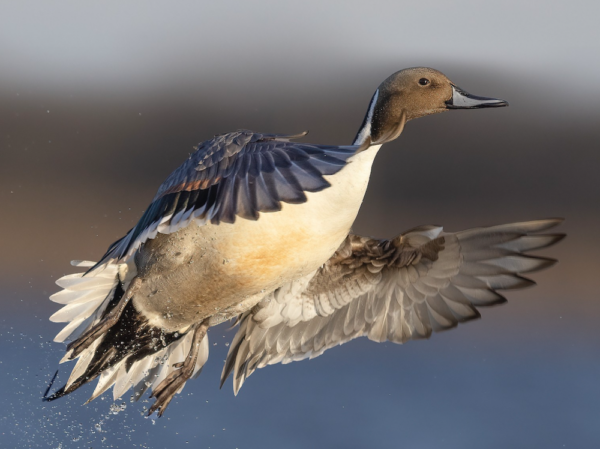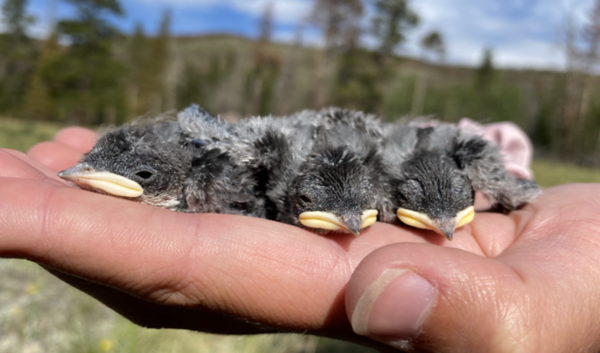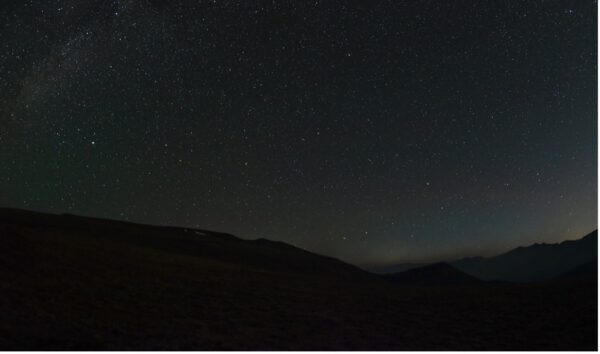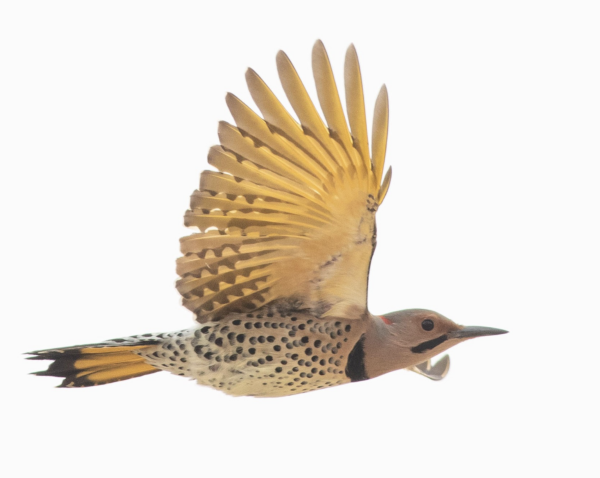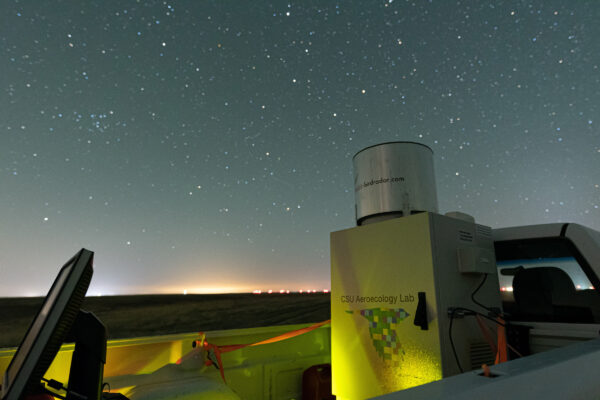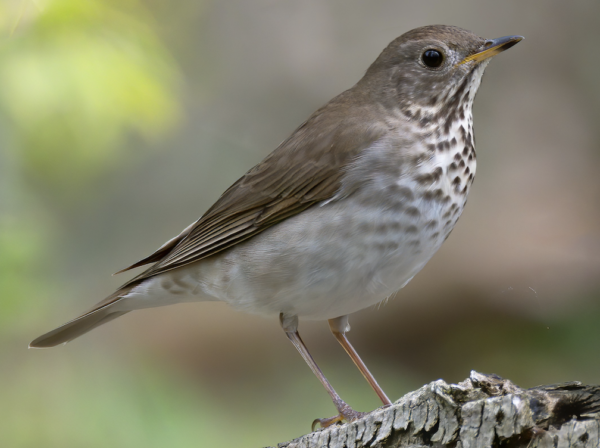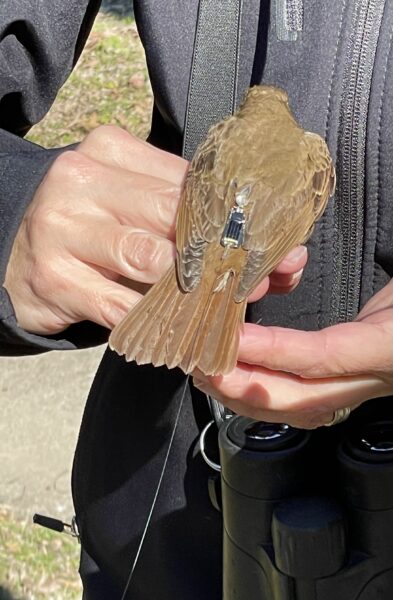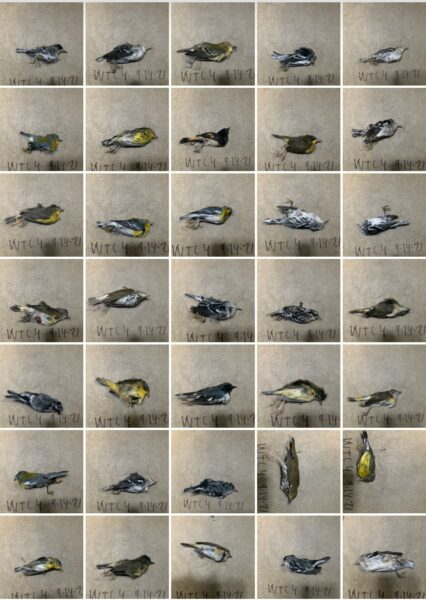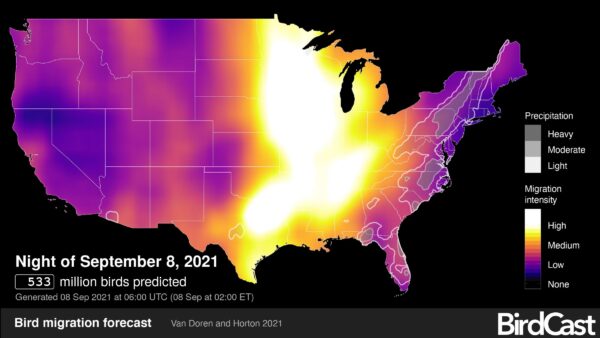News
The BirdCast team has a growing number of friends and family members, and for today's post, we introduce Diya Balagopal, a high school sophomore from Frisco, Texas. During the month of October, we will highlight Lights Out alert forecasts to support bird conservation by reducing nighttime lighting during migration season. The small act of turning off lights can make a big difference for protecting nocturnally migrating birds! Read more...
Tropical Storm Ophelia made landfall this morning in North Carolina, and, with safety first we are tracking observations of storm-driven birds reported in the wake of its passage. Read more...
Hurricane Lee is making its way toward Nova Scotia, with landfall predicted on Saturday midday. With safety first above all, the BirdCast team highlights an observation map and some additional predictions about species that might be entrained and displaced by this storm. Read more...
For those watching the arrival of Hurricane Lee, the BirdCast team though it might be useful to see a map of some of the species presently in the region predicted to experience impacts from Lee in the very near future. Read more...
An incredible far-flung array of American Flamingo observations highlight the late summer birding scene in eastern North America this week, perhaps with particular relevance to the recent passage of Hurricane Idalia. Read more...
Idalia made landfall in Florida on Wednesday, packing very strong winds, heavy rains, and flooding and storm surges. The storm also brought a host of Gulf of Mexico seabirds into the southeastern US. Read more...
Hilary's literal windfall (and precipitation!) of vagrant hurricane-driven birds is still growing, but so is the number of regularly occurring species in the region that are occurring in unusual numbers or in unusual locations associated with the passage of this system. Read more...
Hurricane Hilary may bring a significant diversity of entrained and displaced birds to California and Nevada, with impacts as far reaching as Oregon and Idaho. Read more...
BirdCast is ready to kickoff its fall 2023 migration season! It’s time to check out our migration tools to see what’s on the move in your area. Read more...
The BirdCast team is pleased to welcome you back to our suite of migration tools for the Spring 2023 season as of today! Stay tuned and visit our migration tools page to explore the season's unfolding movements! Read more...
Aeroecological research is more than simply studies of bird migration. Victoria Simons is studying how Tree Swallow foraging behavior relates to their usage of airspace as habitat. Read more...
To inform the public on threats from light pollution to migrating birds, Colorado State University's Dr. Kyle Horton and his collaborators are hosting a virtual seminar series this fall entitled, “Transdisciplinary perspectives on artificial-lights-at-night and achieving sustainable night skies.” Read more...
With much anticipation, the BirdCast team welcomes you to our Fall 2022 season! Our migration tools are now live, so please feel free to explore! Read more...
The BirdCast team loves a report from the field, and today we have one from Colorado - the home of our western base of operations, Colorado State University, where Dr. Kyle Horton directs the AeroEco Lab. Read more...
An interesting pattern of Gray-cheeked Thrush arrivals in the central US during April led the BirdCast team to investigate a potential explanation. We looked to the wind. Read more...
The recent release of the BirdCast Migration Dashboard inspired much excitement in a broad array of team members, collaborators, colleagues, friends, family, and followers. There are many ways to apply the information you can explore with the dashboard, but one intriguing possibility comes to us from Laura Cook in this post about tracking two Hermit Thrushes. Read more...
The new BirdCast Migration Dashboard is here, providing nocturnal bird migration data for counties and states in the contiguous US! This tool offers new capabilities to investigate birds' movements in detail and at scales that complement our existing national forecast and live migration maps. Try it out today to explore patterns of nocturnal bird migration in your area! Read more...
This weekend's change in temperature will harken the first big flocks of Brant, and numerous other species, arriving in the northeastern US. Read more...
BirdCast is deeply disturbed by the mass bird collision events that occurred earlier this week in Manhattan. Light pollution and poor flying conditions on a night of intense migration contributed to these events. There are essentials actions we can take to prevent these types of events: turning off all non-essential lights, especially during migration periods, to reduce birds' attraction to and disorientation by them, and making buildings bird friendly. See our recommendations for turning off lights below. Read more...
The BirdCast forecast model predicts just over half a billion birds to be flying during peak flight hours tonight! Turn out your lights! Go birding! Read more...

